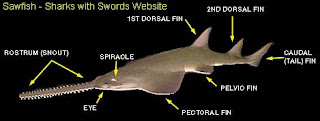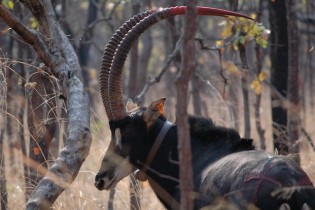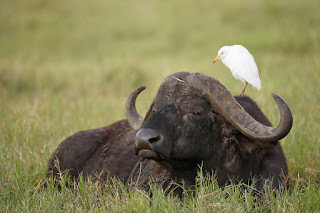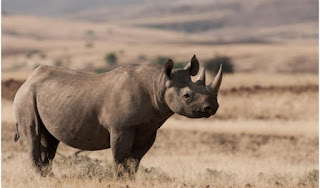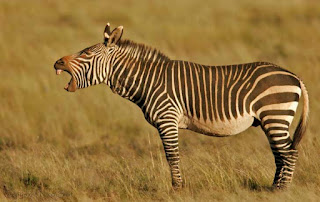Red_crested_turaco
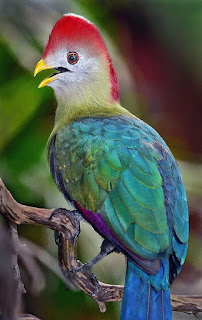
Red_crested_turaco is a turaco, a group of African Otidimorphae birds. It is a frugivorous bird endemic to western Angola. Its call sounds somewhat like a jungle monkey. It is a resident breeder in the dense forest area of Central Africa, found in the Congo, Angola, Uganda, West Kenya, Burundi, Rwanda, southern Sudan and the Congo. The Red-crested Turaco is a fairly large, colorful, long-tailed regal bird. It is easily identified by its vivid red crest, white face and yellow beak. Eyes are red and the beak is yellowish-green. Its plumage is overall green. They measure 19 - 20 in (47.5-50 cm) from beak to tip of tail and weigh around 210-325g. breeders may feed these turacos Kaytee softbill pellets, as well as fruits and vegetables - especially greens.

